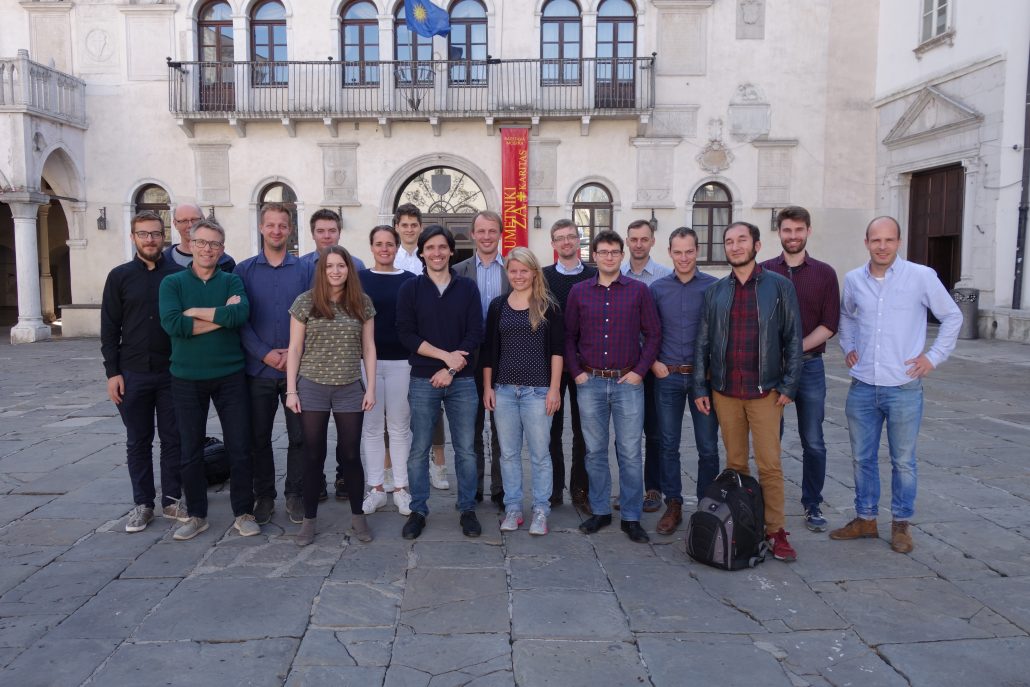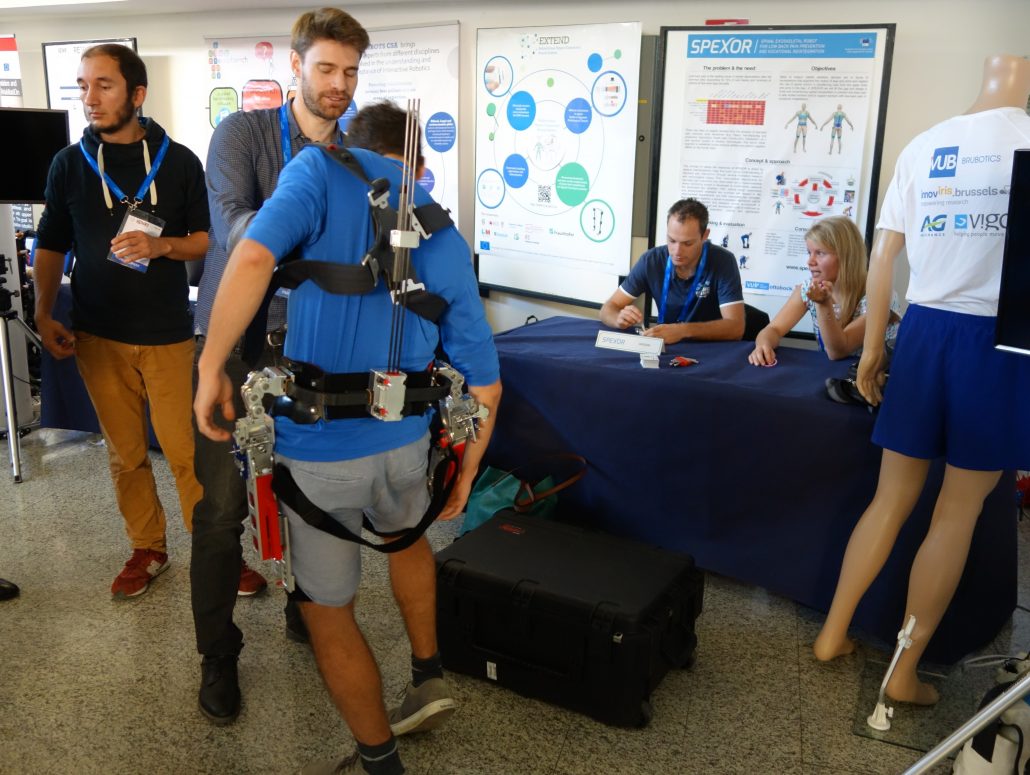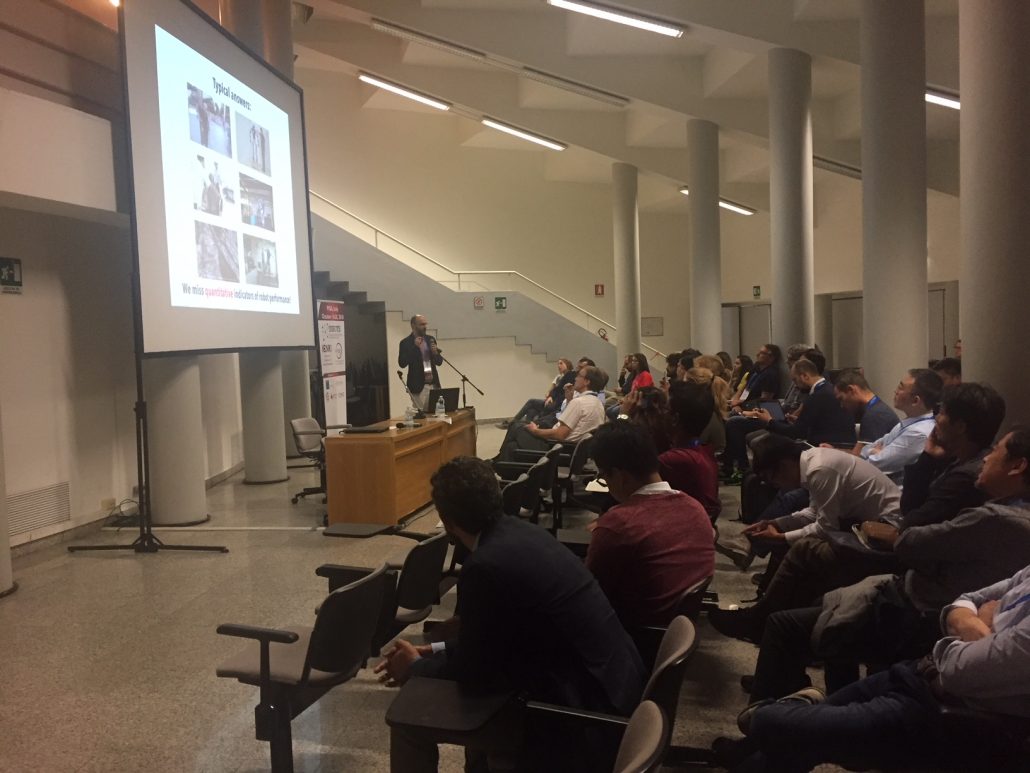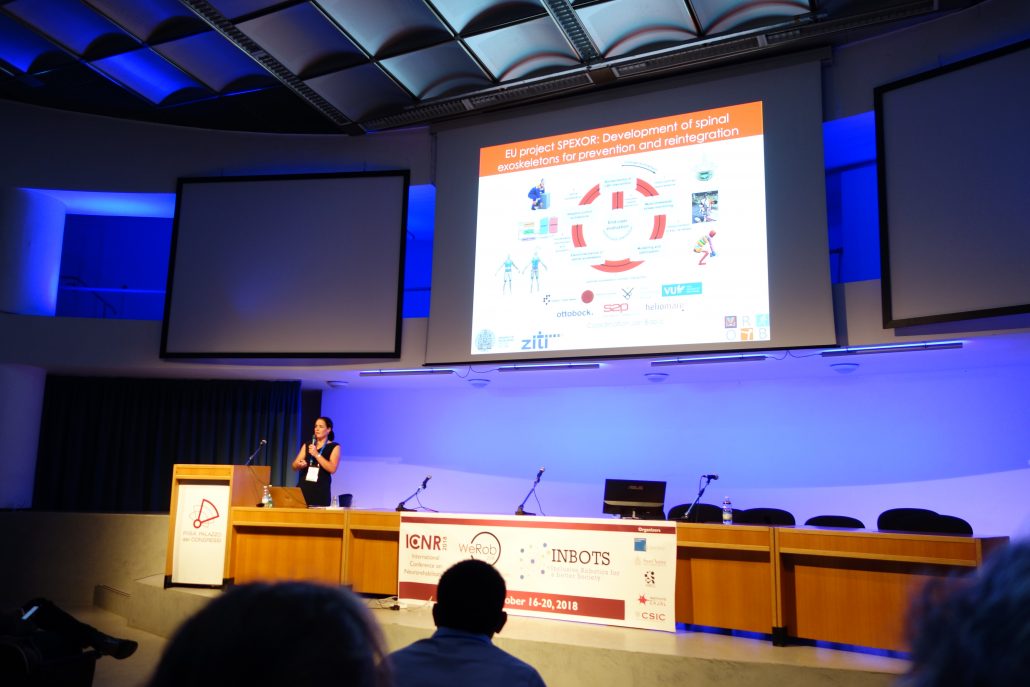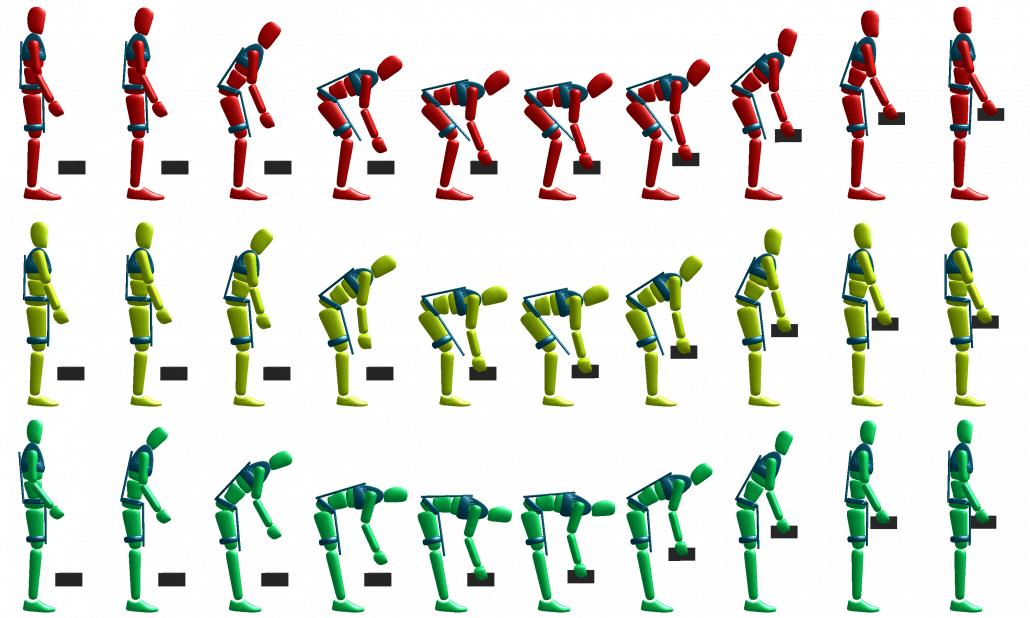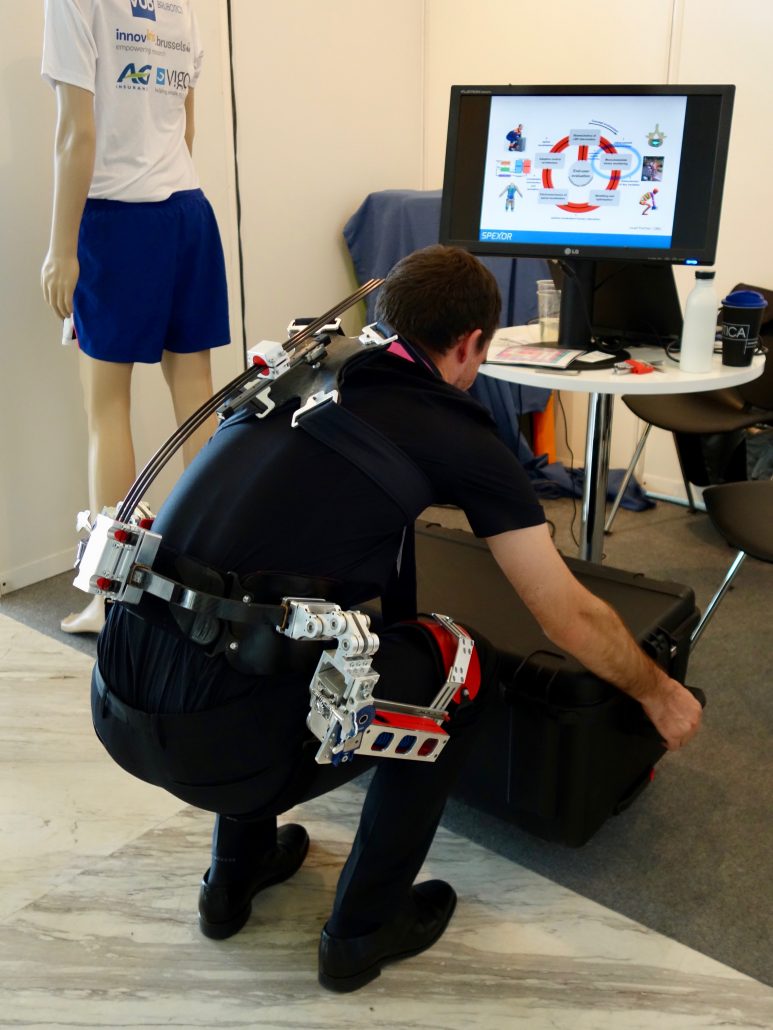Special Issue on Wearable Robotics
We co-organize a Special Issue on Wearable Robotics in IEEE Robotics and Automation Magazine where we call for papers on working systems that are evaluated with human subjects in order to determine the technology’s practical potential and impact on people with disabilities, workers, sportsmen, and others.



